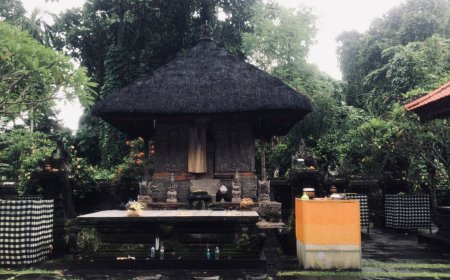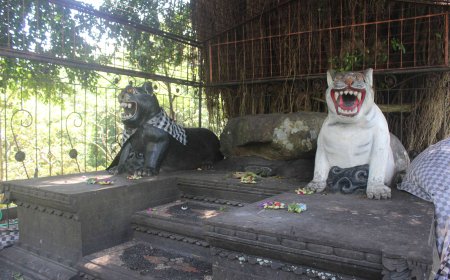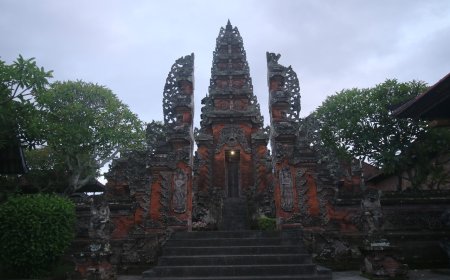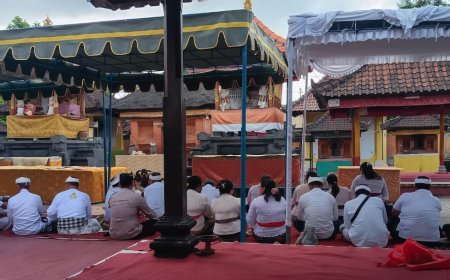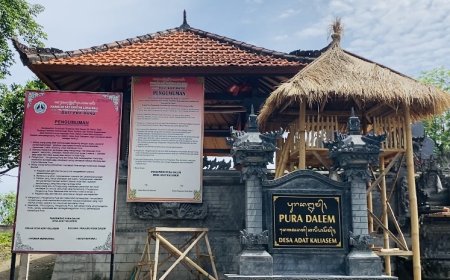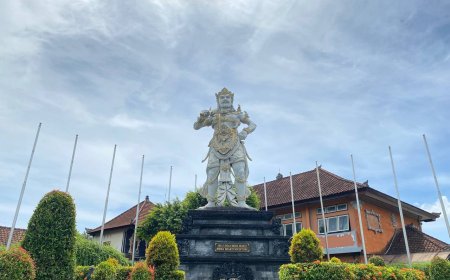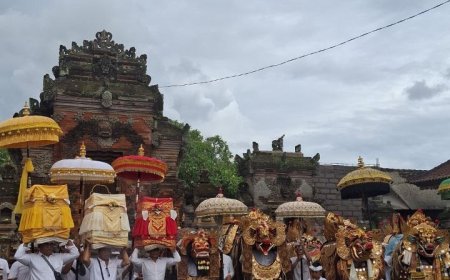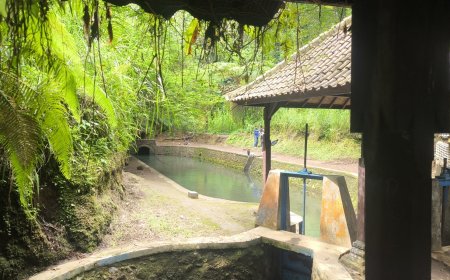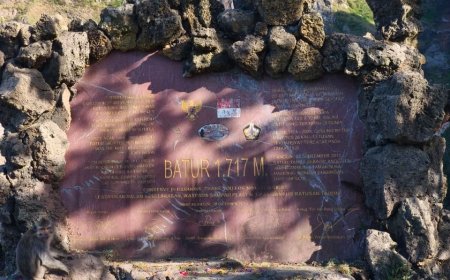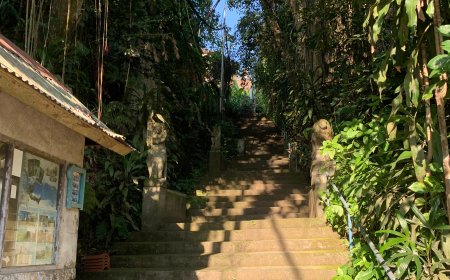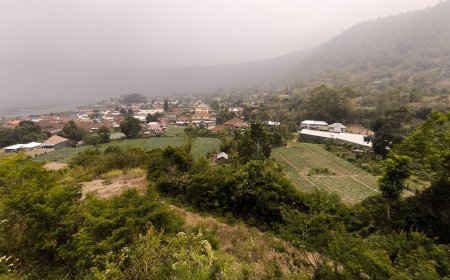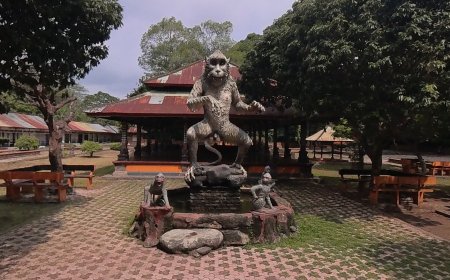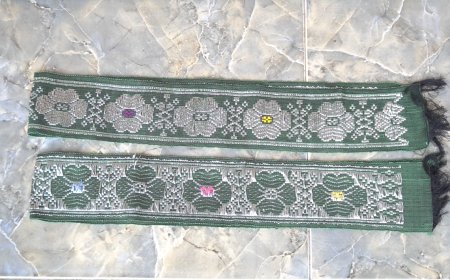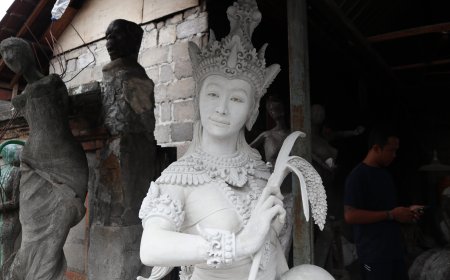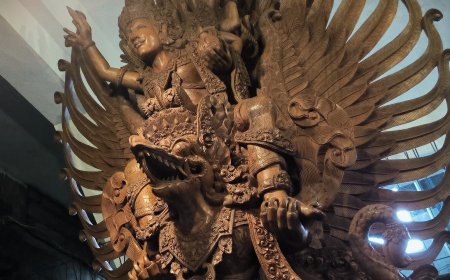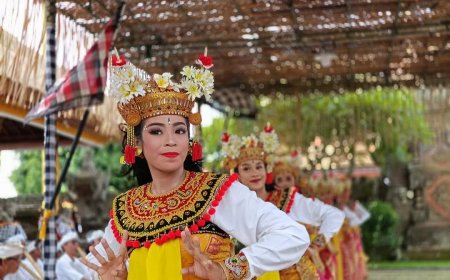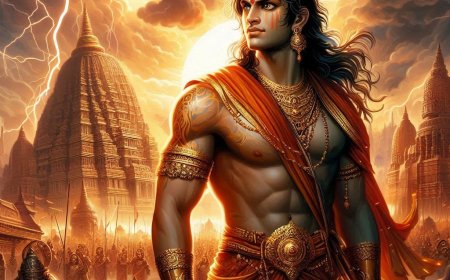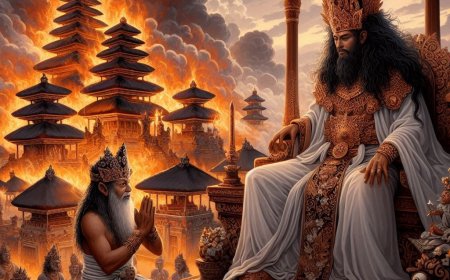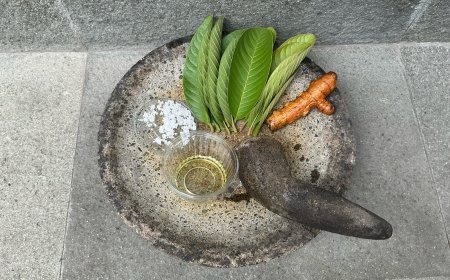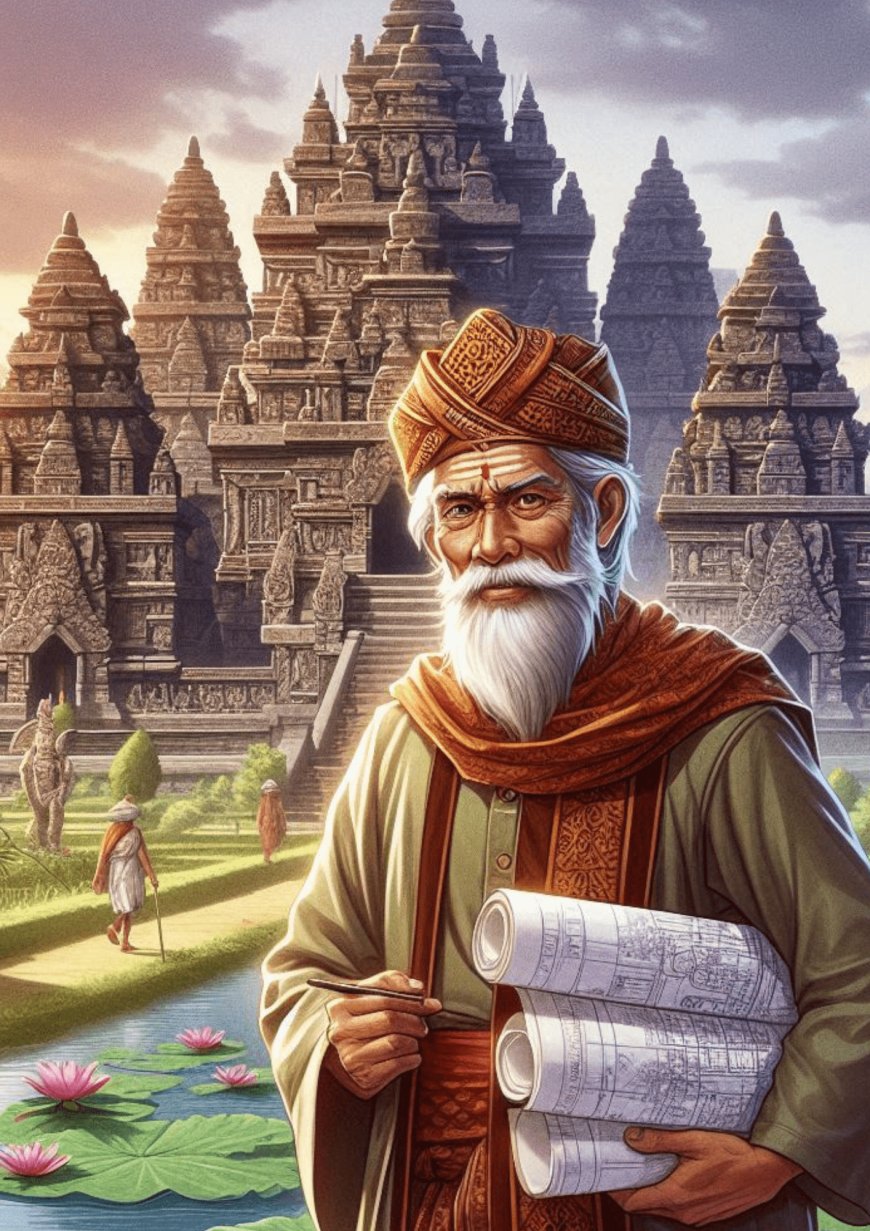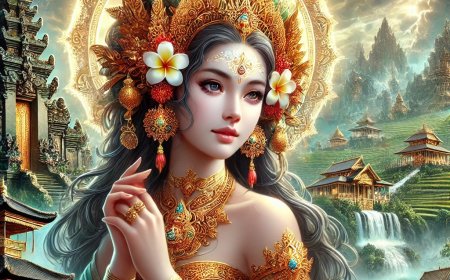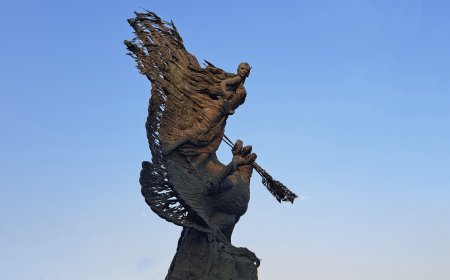Mpu Nala: The Great Architect of Majapahit Era
The Majapahit Kingdom has many historical buildings that still stand strong today. The person who succeeded in building many historical buildings was named Mpu Nala. What is the story of how he played such a big role in development in Majapahit?
In the golden age of Majapahit, a kingdom known as a center of culture and architectural progress, a figure named Mpu Nala was born. Known as a great architect, Mpu Nala had an important role in designing the magnificent buildings that decorated the capital of the Trowulan kingdom. However, behind his monumental work, there is a story full of wisdom, hard work and endless devotion to the Majapahit kingdom and culture.
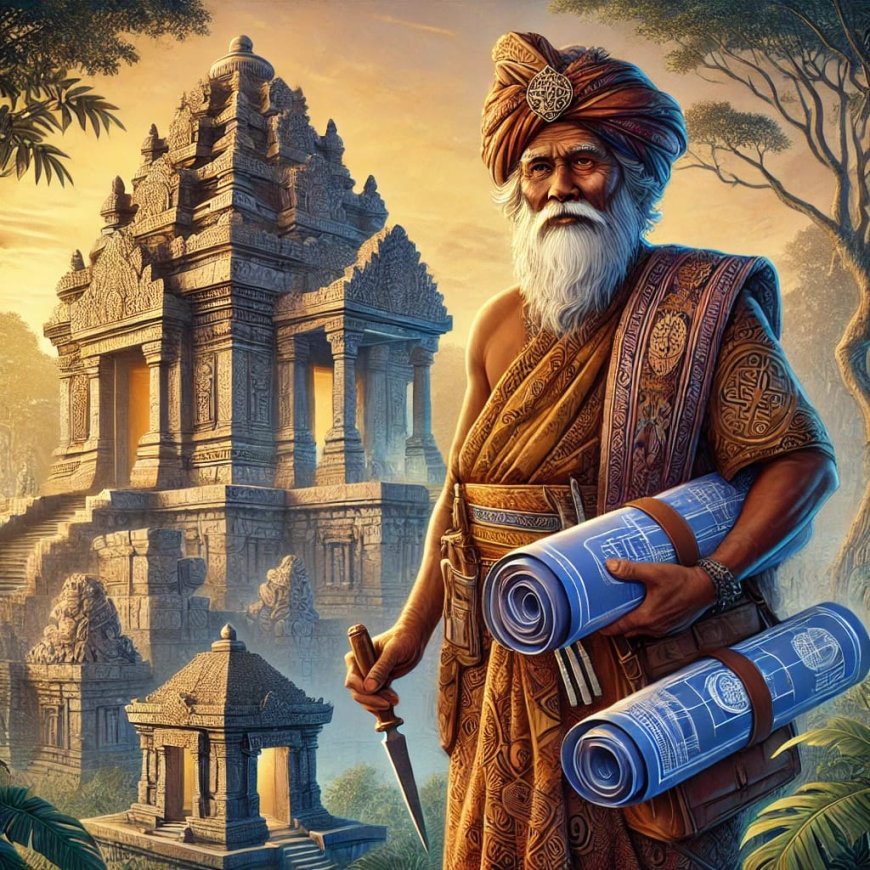
Mpu Nala standing in front of his masterpiece (Source: Personal Collection)
Mpu Nala was born into a simple family of artists. Since childhood, his talent for carving and architecture was apparent. The father, a famous wood carver, often took little Nala to holy places, showing the beauty of the temples that had been built by their ancestors. Attracted by the majesty of this architecture, little Nala always studied every detail of the carvings and symbols etched on the temple walls. Seeing his extraordinary talent, Nala was then sent to study with a professor of architecture at the royal palace. Under the guidance of his teacher, young Mpu Nala studied various sciences, ranging from the layout of sacred buildings, construction techniques, to fine arts that combined spiritual values and architecture. Not only from the archipelago, Nala also learned from foreign architects and artists, including from India and China, who at that time often visited Majapahit. From them, Mpu Nala learned the principles of Feng Shui spatial planning and temple architectural techniques.
When he reached his teenage years, Mpu Nala was introduced to the royal environment. He demonstrated his skills in design and architectural art through the small works he created in various corners of the palace. King Hayam Wuruk, the ruler of Majapahit at that time, realized the extraordinary talent of this young man and decided to give greater opportunities to Mpu Nala.
Mpu Nala was first tested when he was trusted to lead the construction of Penataran Temple, one of the largest and most important temples during the Majapahit era. This temple is not just a place of worship, but also a symbol of the power and glory of Majapahit. In the construction process, Mpu Nala applied all the knowledge he had learned, starting from construction techniques, use of materials, to the symbolism contained in every relief carved on the temple walls.

Mpu Nala sees the results of the construction of Penataran Temple (Source: Personal Collection)
Mpu Nala created a harmonious design between the temple building and the natural surroundings, utilizing sustainable architectural principles. He also ensured that every corner of the temple represented the spiritual values of the kingdom. Each relief carved on the temple wall conveys a hidden message, depicting the teachings of wisdom, the power of the gods, and the great history of Majapahit. As an architect, Mpu Nala not only creates works based on local traditions, but also successfully combines architectural elements from various cultures. As he learned from Chinese architects, he adopted some of the principles of Feng Shui, particularly how energy flows affect buildings. He then applied these principles to the layout of temples and palaces, creating a balance between buildings, nature and spirituality
The peak of Mpu Nala's glory as a royal architect was when King Hayam Wuruk trusted him to design and build a magnificent royal palace in Trowulan, the capital of Majapahit. This is the biggest project ever carried out by Mpu Nala. The palace was not only the center of government, but also a symbol of the power and glory of Majapahit who controlled the archipelago.
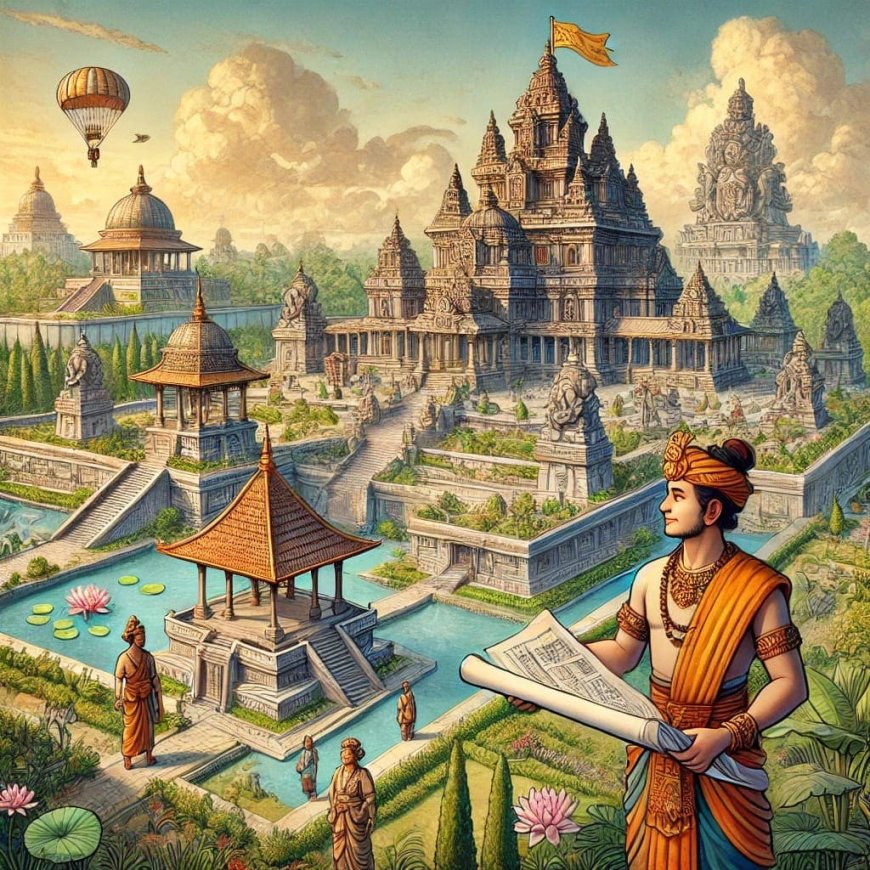
Construction of the Palace in Trowulan (Source: Personal Collection)
With a combination of traditional Javanese architectural styles and external influences, Mpu Nala created a magnificent palace, complete with spacious gardens, lotus ponds, and statues of gods decorating every corner. The palace was designed with care, paying attention to every detail from the layout of the rooms to the aesthetics of the building, creating a timeless and impressive masterpiece.
As he got older, Mpu Nala continued to actively contribute as a royal architect and artist. Even though his hair was turning gray, his passion for creating great works of art never waned. He is still often seen on construction sites, giving directions to workers, and ensuring that every project he works on meets the high standards he has always held.
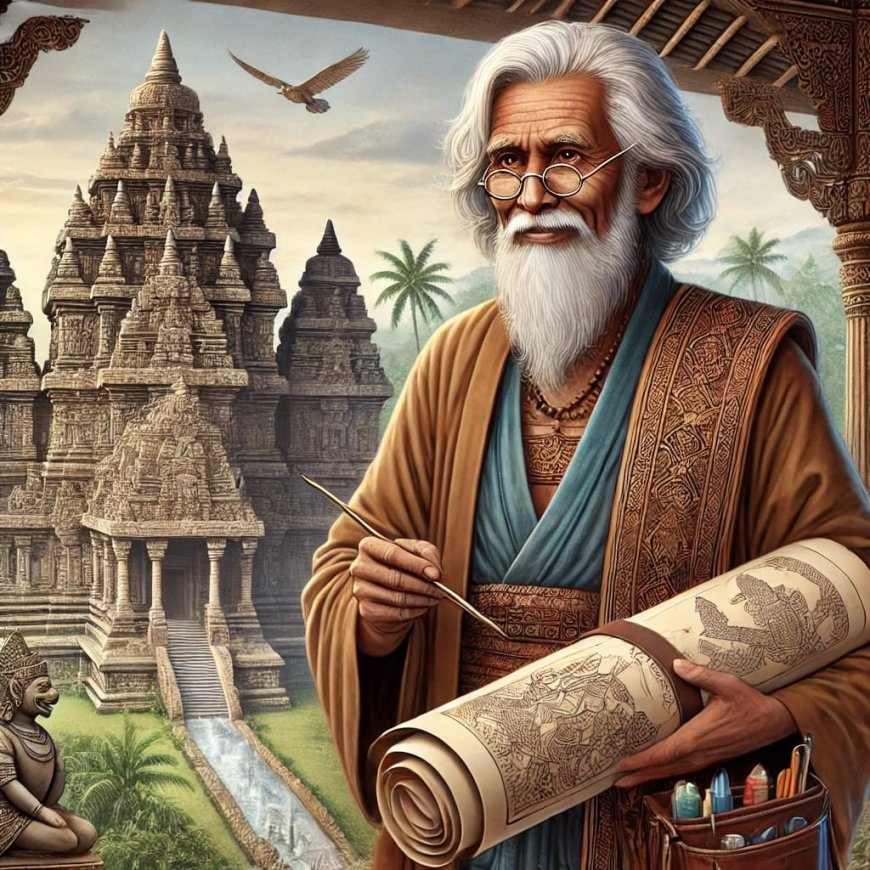
Mpu Nala who is starting to age (Source: Personal Collection)
Mpu Nala also began teaching architectural sciences to the younger generation, with the hope that the traditions and wisdom of Majapahit architecture would continue to live on. He not only teaches about building techniques, but also the philosophy behind every structure he creates—that buildings are not just physical places, but also have deep spiritual meaning.
After his death, Mpu Nala's name was still remembered as one of the greatest architects in Majapahit history. The buildings he founded, such as the Penataran Temple and the palace in Trowulan, still stand strong today, as silent witnesses to the glory of Majapahit. Mpu Nala not only left a legacy in the form of buildings, but also a legacy in the form of an architectural philosophy that combines spiritual values, aesthetics and superior construction techniques.
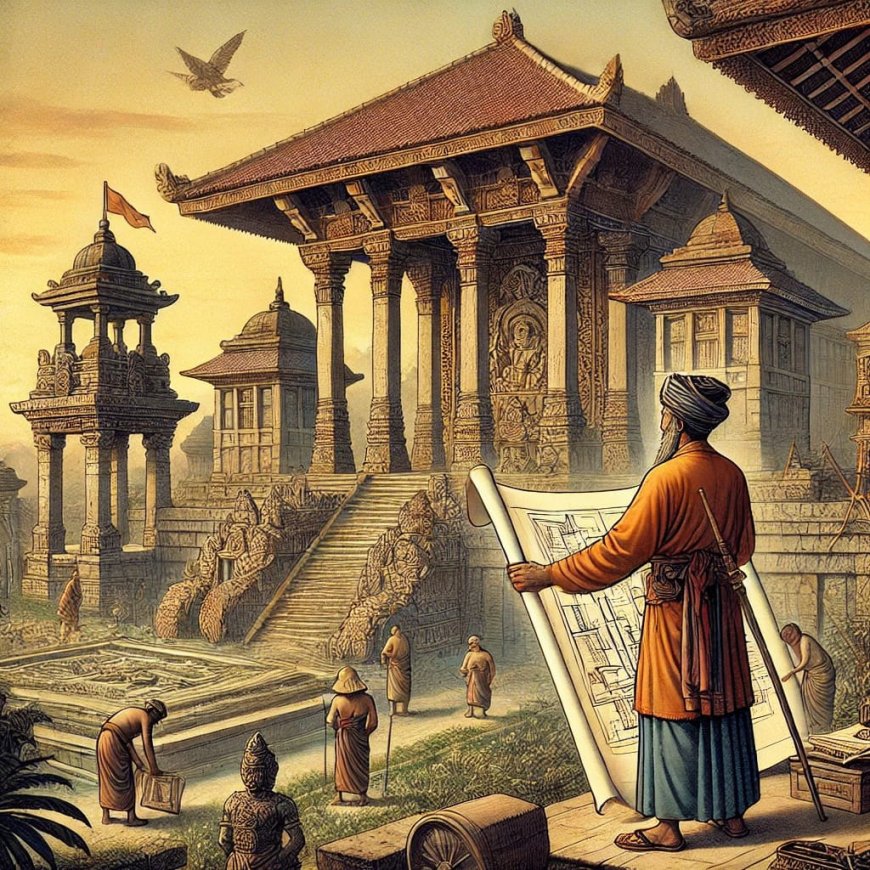
The architect applies the typical Mpu Nala development philosophy (Source: Personal Collection)
Mpu Nala's story is a story of dedication, wisdom and limitless creativity. As an architect and artist, Mpu Nala not only builds physical buildings, but also builds bridges between the physical world and the spiritual world, creating works that are timeless and continue to inspire generations after him.
